Updated date: 03/30/2024 05:36:58
On March 29, the Government Office issued a document conveying Deputy Prime Minister Tran Hong Ha's opinion on submitting the dossiers of "Mo Muong" and "Cheo Art" to the United Nations Educational, Scientific and Cultural Organization (UNESCO).

The art of Cheo is loved by the people.
Deputy Prime Minister Tran Hong Ha has agreed to submit to UNESCO for consideration and inclusion of the intangible cultural heritage “Mo Muong” (Hoa Binh, Thanh Hoa, Ninh Binh, Phu Tho, Son La, Hanoi and Dak Lak) in the list of intangible cultural heritage in need of urgent protection and the intangible cultural heritage “Cheo Art” (Thai Binh, Ninh Binh, Ha Nam, Nam Dinh, Hai Duong, Hung Yen, Bac Ninh, Vinh Phuc, Phu Tho, Quang Ninh, Bac Giang, Thai Nguyen, Hanoi and Hai Phong) in the list of representative intangible cultural heritage of humanity.
This approval is based on the proposal of the Ministry of Culture, Sports and Tourism (MCST) and the assessment of the National Cultural Heritage Council. The Deputy Prime Minister authorized the MOCST to sign the documents as prescribed.
The Vietnam National Commission for UNESCO presides over and coordinates with the Ministry of Culture, Sports and Tourism to complete necessary procedures to send heritage dossiers to UNESCO, ensuring the time limit prescribed by the 2003 Convention for the Safeguarding of Intangible Cultural Heritage and the law on cultural heritage.
Mo Muong is a folk performance activity expressed in rituals associated with the spiritual life of the Muong ethnic group. The space for organizing performance activities and mo words takes place in community life and each family organizes a ritual. The subjects practicing Mo Muong are the shamans - the keepers of mo knowledge, who know thousands of mo sentences by heart and are proficient in rituals and customs, and are prestigious people trusted by the community.
When performing rituals, the shaman is the one who speaks, reads, and sings the mo songs. The Muong people do not have their own written language, so the mo songs (prayers) of the Muong people are passed down from generation to generation by word of mouth, and are preserved and maintained through the folk rituals of the Muong people.
Muong Mo includes many mo songs and mo sections used in specific rituals. Muong Mo has 9 genres: mo in funerals (mo ma), mo via (mo voi), mo giai han, mo xin so, mo ngay tet, mo tho cong tho dia, mo doi chopsticks, mo mat nha, mo mu.
Cheo art is a type of Vietnamese folk theater art, strongly developed and popular in the Red River Delta and two spreading areas: the Northern Midlands and Mountains and the North Central region.
Cheo is popular and often associated with folk festivals to thank the gods for a bountiful harvest, a prosperous village, and for farmers who work hard every day to communicate and express their feelings. Cheo depicts the simple life of farmers, praises the noble qualities of people, and also has humorous plays that criticize bad habits, fight against injustice, and express love, tolerance, and forgiveness.
Through a long historical process from the 10th century to the present, the art of Cheo has penetrated deeply into the cultural and social life of Vietnamese people.
According to PHAN THAO (SGGP)
Source


![[Photo] President Luong Cuong presents the 40-year Party membership badge to Chief of the Office of the President Le Khanh Hai](https://vphoto.vietnam.vn/thumb/1200x675/vietnam/resource/IMAGE/2025/5/19/a22bc55dd7bf4a2ab7e3958d32282c15)

![[Photo] Panorama of the Opening Ceremony of the 43rd Nhan Dan Newspaper National Table Tennis Championship](https://vphoto.vietnam.vn/thumb/1200x675/vietnam/resource/IMAGE/2025/5/19/5e22950340b941309280448198bcf1d9)

![[Photo] General Secretary To Lam attends the conference to review 10 years of implementing Directive No. 05 of the Politburo and evaluate the results of implementing Regulation No. 09 of the Central Public Security Party Committee.](https://vphoto.vietnam.vn/thumb/1200x675/vietnam/resource/IMAGE/2025/5/19/2f44458c655a4403acd7929dbbfa5039)
![[Photo] Close-up of Tang Long Bridge, Thu Duc City after repairing rutting](https://vphoto.vietnam.vn/thumb/1200x675/vietnam/resource/IMAGE/2025/5/19/086736d9d11f43198f5bd8d78df9bd41)






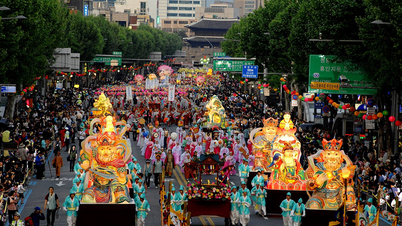


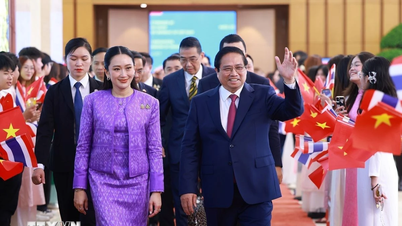

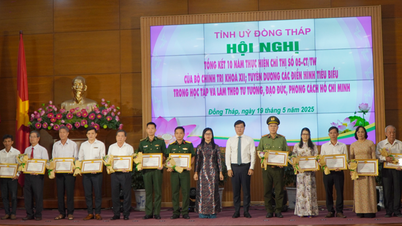

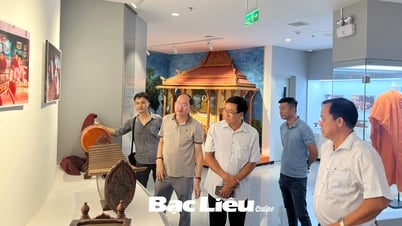
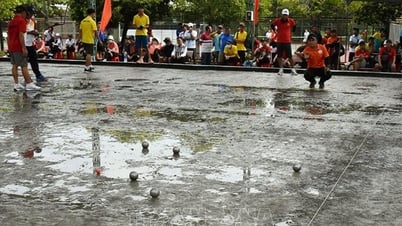
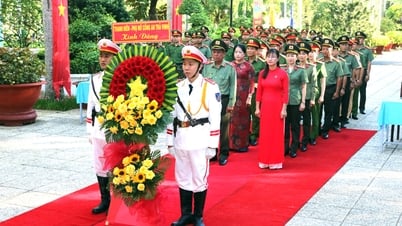
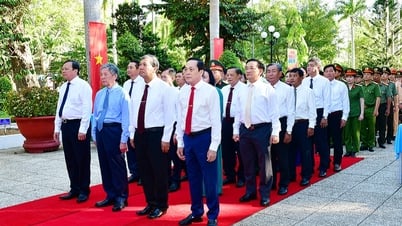




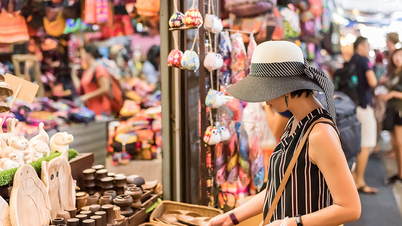
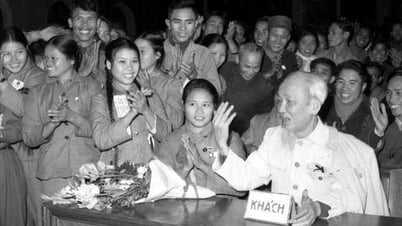


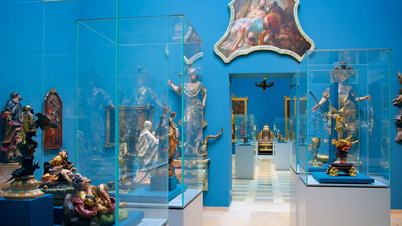

![[Photo] Prime Minister Pham Minh Chinh inspects the progress of the National Exhibition and Fair Center project](https://vphoto.vietnam.vn/thumb/1200x675/vietnam/resource/IMAGE/2025/5/19/35189ac8807140d897ad2b7d2583fbae)









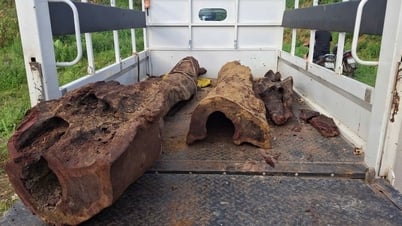





























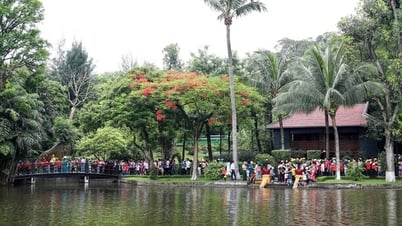

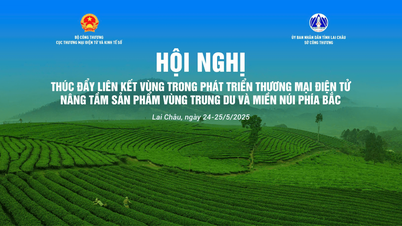

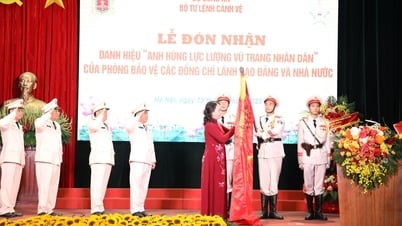



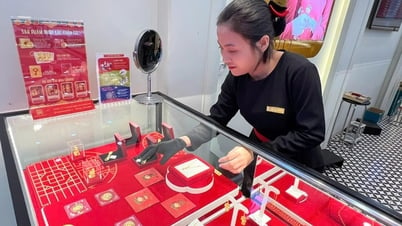

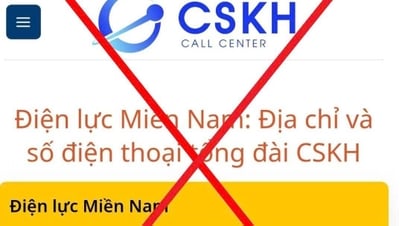

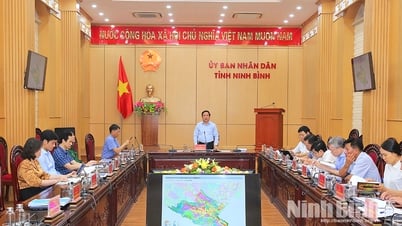








![[VIDEO] - Enhancing the value of Quang Nam OCOP products through trade connections](https://vphoto.vietnam.vn/thumb/402x226/vietnam/resource/IMAGE/2025/5/17/5be5b5fff1f14914986fad159097a677)




Comment (0)